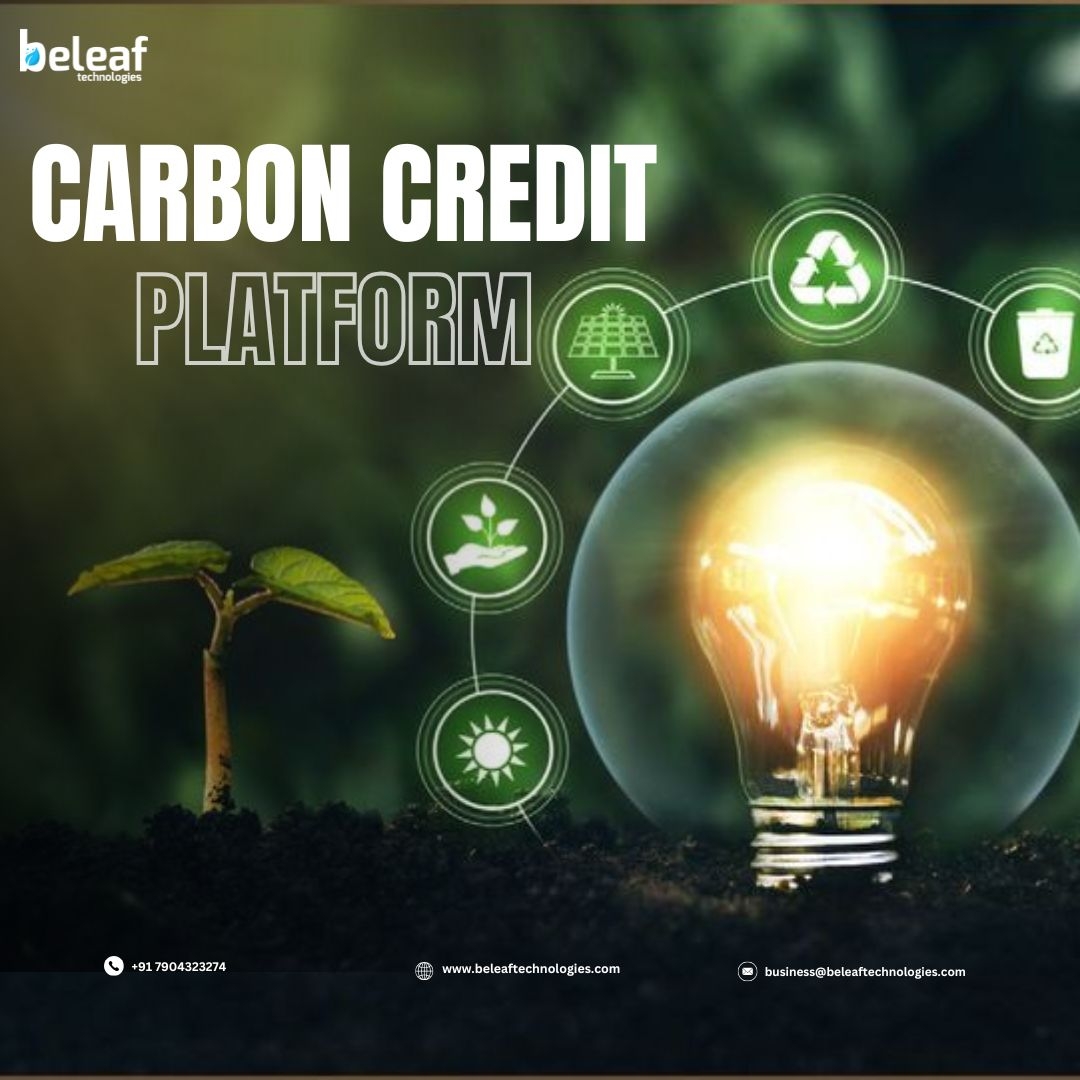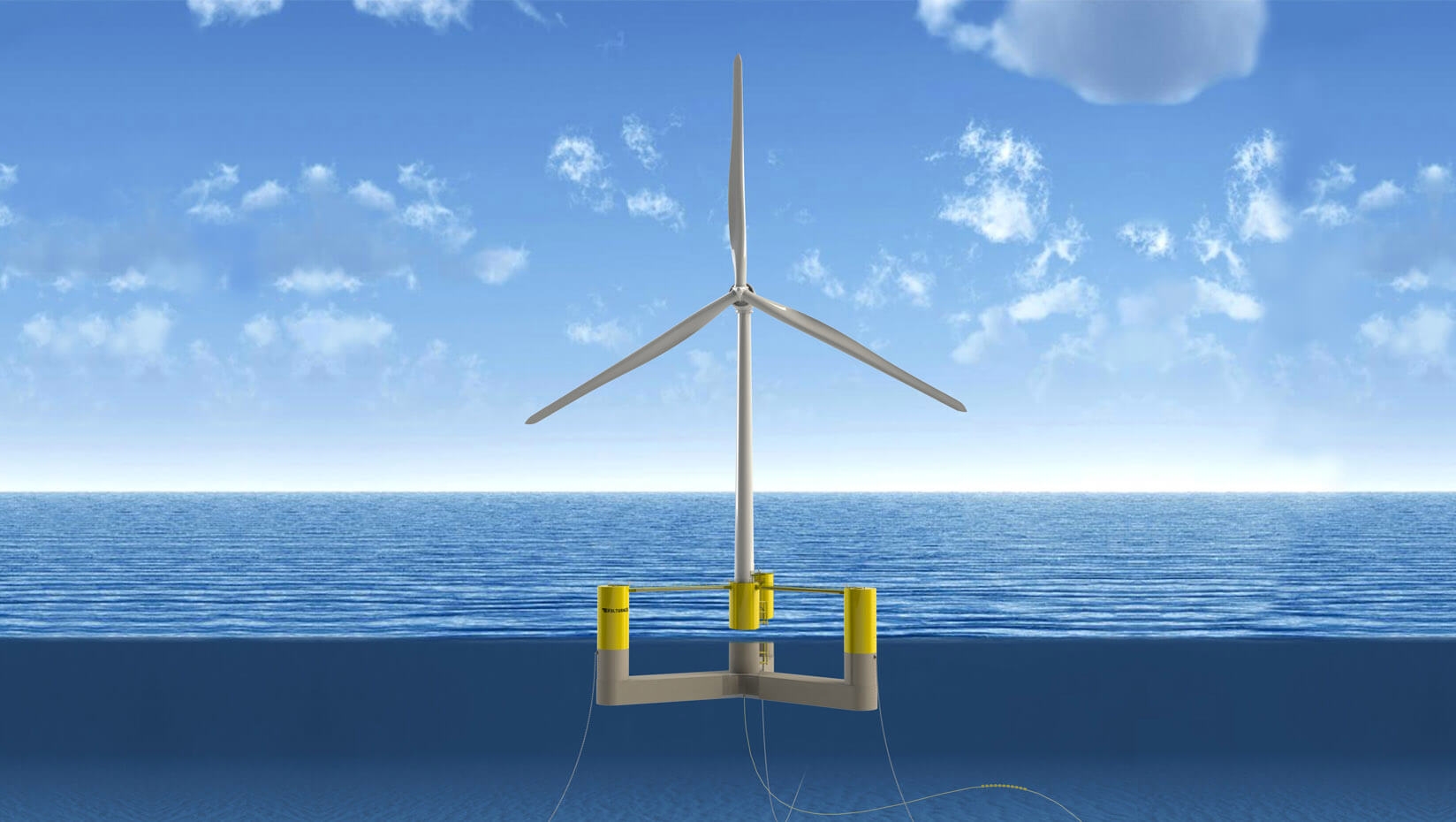• Solid Oxide Fuel Cell: Efficiency Metrics and Standards
A solid oxide fuel cell (SOFC) is a type of fuel cell that uses solid oxide electrolytes to produce electricity through an electrochemical reaction. Known for their high efficiency and versatility, SOFCs are attracting significant interest for various applications, including power generation, industrial processes, and transportation. Operating at high temperatures, typically between 600°C and 1,000°C, SOFCs use a solid ceramic electrolyte to conduct oxygen ions from the cathode to the anode. At the cathode, oxygen from the air is reduced to form oxygen ions, which then migrate through the electrolyte to the anode. Here, these ions react with hydrogen or carbon monoxide to produce water, carbon dioxide, and electrons.
This process generates electricity, which can be used to power electrical devices or systems. One of the key advantages of solid oxide fuel cell is their high efficiency, with electrical efficiencies reaching up to 60% and overall system efficiencies up to 85% when used in combined heat and power (CHP) systems. This high efficiency is achieved through the direct conversion of chemical energy to electrical energy, minimizing energy losses. Another notable advantage is fuel flexibility; SOFCs can operate on various fuels, including natural gas, biogas, syngas, and even liquid hydrocarbons, making them adaptable to different energy sources and applications.
Additionally, SOFCs produce lower emissions of pollutants such as nitrogen oxides (NOx) and sulfur oxides (SOx) compared to conventional combustion-based power generation methods, and when hydrogen is used as a fuel, they emit only water as a byproduct, highlighting their environmental benefits. However, there are challenges to the widespread adoption of SOFCs, including high operating temperatures that can lead to material degradation and thermal cycling issues, affecting the longevity and reliability of the cells. The production and deployment of SOFC systems can be expensive due to the high cost of materials and the complexity of manufacturing processes.
Furthermore, solid oxide fuel cell require longer start-up times compared to other fuel cell technologies, making them less suitable for applications needing rapid power generation. Despite these challenges, ongoing research and technological advancements are paving the way for broader adoption of SOFCs. Innovations in material science are crucial, with efforts to develop new materials that can withstand high temperatures and reduce costs.
Additionally, intermediate-temperature SOFCs (IT-SOFCs) operating between 400°C and 700°C are being explored to improve efficiency and reduce material stress. The potential to integrate SOFCs with renewable energy sources, such as solar and wind, to provide reliable and efficient power generation further enhances their appeal. As the technology continues to evolve, SOFCs are poised to play a significant role in shaping the future of clean energy, offering a highly efficient and versatile solution for reducing environmental impact.
In conclusion, solid oxide fuel cells (SOFCs) represent a cutting-edge technology with significant potential to revolutionize power generation. Their high efficiency, fuel flexibility, and environmental benefits make them an attractive option for a variety of applications, from industrial processes to clean transportation. Despite challenges such as high operating temperatures, material degradation, and cost constraints, ongoing research and advancements in material science and manufacturing are paving the way for broader adoption.
https://www.marketdigits.com/solid-oxide-fuel-cell-market-1697718682 • Solid Oxide Fuel Cell: Efficiency Metrics and Standards
A solid oxide fuel cell (SOFC) is a type of fuel cell that uses solid oxide electrolytes to produce electricity through an electrochemical reaction. Known for their high efficiency and versatility, SOFCs are attracting significant interest for various applications, including power generation, industrial processes, and transportation. Operating at high temperatures, typically between 600°C and 1,000°C, SOFCs use a solid ceramic electrolyte to conduct oxygen ions from the cathode to the anode. At the cathode, oxygen from the air is reduced to form oxygen ions, which then migrate through the electrolyte to the anode. Here, these ions react with hydrogen or carbon monoxide to produce water, carbon dioxide, and electrons.
This process generates electricity, which can be used to power electrical devices or systems. One of the key advantages of solid oxide fuel cell is their high efficiency, with electrical efficiencies reaching up to 60% and overall system efficiencies up to 85% when used in combined heat and power (CHP) systems. This high efficiency is achieved through the direct conversion of chemical energy to electrical energy, minimizing energy losses. Another notable advantage is fuel flexibility; SOFCs can operate on various fuels, including natural gas, biogas, syngas, and even liquid hydrocarbons, making them adaptable to different energy sources and applications.
Additionally, SOFCs produce lower emissions of pollutants such as nitrogen oxides (NOx) and sulfur oxides (SOx) compared to conventional combustion-based power generation methods, and when hydrogen is used as a fuel, they emit only water as a byproduct, highlighting their environmental benefits. However, there are challenges to the widespread adoption of SOFCs, including high operating temperatures that can lead to material degradation and thermal cycling issues, affecting the longevity and reliability of the cells. The production and deployment of SOFC systems can be expensive due to the high cost of materials and the complexity of manufacturing processes.
Furthermore, solid oxide fuel cell require longer start-up times compared to other fuel cell technologies, making them less suitable for applications needing rapid power generation. Despite these challenges, ongoing research and technological advancements are paving the way for broader adoption of SOFCs. Innovations in material science are crucial, with efforts to develop new materials that can withstand high temperatures and reduce costs.
Additionally, intermediate-temperature SOFCs (IT-SOFCs) operating between 400°C and 700°C are being explored to improve efficiency and reduce material stress. The potential to integrate SOFCs with renewable energy sources, such as solar and wind, to provide reliable and efficient power generation further enhances their appeal. As the technology continues to evolve, SOFCs are poised to play a significant role in shaping the future of clean energy, offering a highly efficient and versatile solution for reducing environmental impact.
In conclusion, solid oxide fuel cells (SOFCs) represent a cutting-edge technology with significant potential to revolutionize power generation. Their high efficiency, fuel flexibility, and environmental benefits make them an attractive option for a variety of applications, from industrial processes to clean transportation. Despite challenges such as high operating temperatures, material degradation, and cost constraints, ongoing research and advancements in material science and manufacturing are paving the way for broader adoption.
https://www.marketdigits.com/solid-oxide-fuel-cell-market-1697718682






